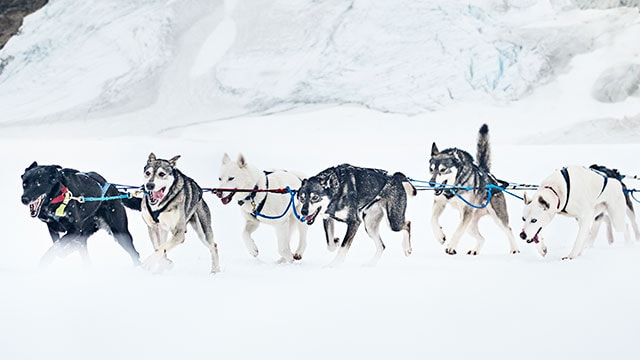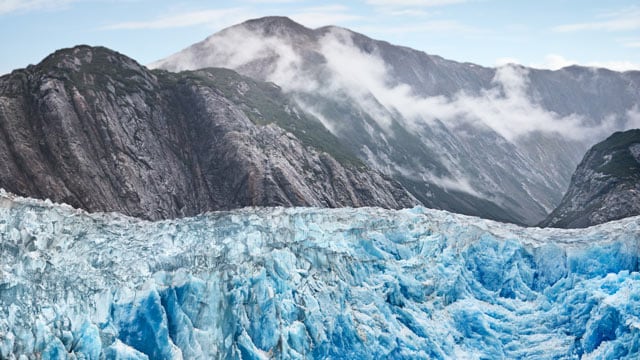Picture 12 happy, bouncing dogs, ready and raring to get their team moving — no bones about it, these dogs were bred to pull a sled. Dog sledding plays an important role in the history of Alaska. Before you head out on your next cruise, learn a little bit more about dog sledding history. With these dog sledding facts, you’ll be ready for this popular excursion on Alaskan cruises.
- Sled dogs respond to voice commands.
The bonds between dogs and their mushers are tight. For the safety and unity of the entire team, these dogs must be highly intelligent, well trained, and responsive to verbal commands.
- People have been partnering with dogs for transportation throughout history.
The Yup'ik and Inupiaq people living along Alaska's Bering Straits were using teams of dogs to pull sleds as early as 1732. Teams of sled dogs were widely used for personal transportation and mail delivery across Alaska, and they continued to be used by the US Army for search and rescue missions in remote areas of Alaska through World War II. Dog sledding history is much more than just races!
- Sled dog training occurs all year long.
When sled dogs aren't racing, they're practicing. Through the summer season of Alaskan cruises, the dogs train by pulling sleds on wheels, helping turn them into a team that works in unison.
- The Iditarod, Alaska's most widely regarded dogsled race, commemorates a lifesaving relay to Nome.
In 1925, the city of Nome, Alaska, was threatened by an epidemic of diphtheria. Twenty teams of dogs and mushers relayed a supply of lifesaving serum from Nenana to the ice-bound city of Nome in just five days. Today, their 674-mile route that took them through the town of Iditarod is called the Iditarod Trail. In 1973, the first Iditarod Trail Sled Dog Race was run on a 1,000-mile course from the town of Knik to Nome and along the Iditarod Trail, in commemoration of the brave teams of dogs and mushers who saved the people of Nome. The Iditarod has grown to become an internationally recognized sporting event, with competitors hailing from all over the world.
- Weather and wild animals are the biggest threat to sled dogs and mushers.
Midwinter temperatures can drop to 100 degrees (Fahrenheit) below zero. Snow is of critical importance — too much, or not enough, can create difficult and sometimes dangerous conditions, impacting the outcome of a race. Wind, rain, blizzards, and thaws can all create hazardous conditions for dogs and mushers alike. Moose and wolves also pose danger on the trail.
- Sled dogs need a lot of food.
Depending on their sizes and activity levels, domestic dogs can require up to 1,700 calories a day. Sled dogs, typically Alaskan Malamutes, Siberian Huskies, or Eskimo dogs, can easily consume as many as 10,000 calories a day — the result of their strength and workloads.
While dogsleds have been replaced by airplanes and snow machines for transportation in much of Alaska, races like the Iditarod keep the legacy of these amazing dog teams and their mushers alive.
Now that you’ve learned these fascinating dog sledding facts you’ll want to sign up to witness these amazing canines yourself. For passengers on cruises to Alaska, dog sledding adventures are available in Juneau on the Mendenhall Glacier as well as in Skagway.



